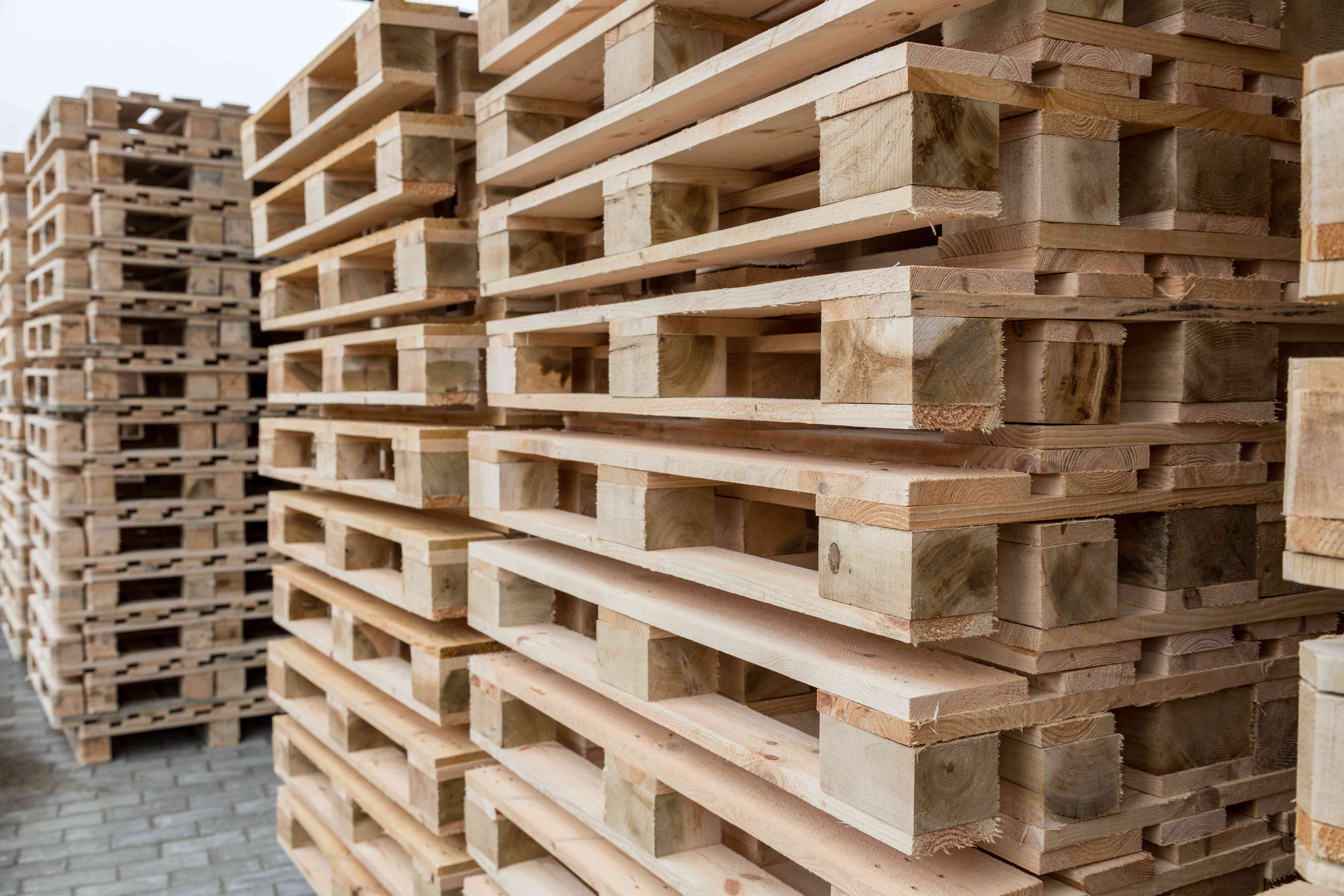Block Pallets for Sale Near Me

What Is a Block Pallet?
A block pallet is a durable and versatile type of wood pallet built with solid blocks at each corner, as well as additional blocks between the corners for extra support. This design provides superior stability, making block pallets ideal for handling heavy loads and demanding applications. They are commonly used in industries such as manufacturing, retail, and logistics, where strong and reliable pallets are essential.
Selecting the Right Type of Pallet for Your Operation
If you're on the fence about what type of pallets to purchase, then consider the following pros and cons comparing block pallets to stringer pallets.
Pros:
- Block pallets have greater strength and durability
- Are more standardized in their construction
- Have a significantly longer lifespan
- Always offer 4-way entry
Cons:
- Block pallets are more expensive to purchase
- Are more expensive to repair
- Are heavier in weight
- Result in higher freight costs

Inside a Block Pallet: Structure and Strength
Block pallets are comprised of five primary components:
Lead deckboards: Positioned at both ends of the pallet's top deck, lead deckboards are more prone to damage due to their location. Because of this, they are often wider than other deckboards, giving them greater strength and durability.
Interior deckboards: Positioned between the two lead deckboards, interior deckboards form the pallet's top deck. They serve as the main load-bearing surface, supporting and evenly distributing the weight of the load.
Stringer boards: Used to provide added stability, these boards run perpendicular to the deckboards and are located between the top deck and blocks.
Blocks: The identifying feature of these pallets and made from solid wood, nine blocks are distributed between the stringer boards and perimeter base.
Perimeter base: Also referred to as the bottom deck, the perimeter base is made of four boards that frame the pallet's outer edges.
Should You Choose New or Used Block Pallets?
Constructed with unused lumber, new block pallets are more expensive than other options but tend to have a longer shelf-life than second-hand purchases. On the other hand, a pallet that has been used and is free of damage is safe to use again for most purposes. Finally, if a used block pallet has suffered damage, then it can be repaired and reused. Repaired pallets are classified by the level of repair they've undergone, outlined below:
These pallets have a like-new appearance, are structurally sound, and have no plugs or companion runners.
With a lower price point due to visible repairs, this option offers an economical alternative to new and A grade pallets.
Another economical choice, remanufactured pallets are built using a mix of new and reclaimed lumber.

